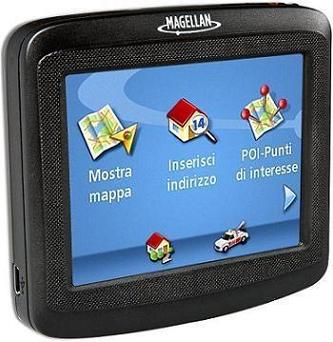
The CS8421 is also suitable for use as an asynchronous decimation or interpolation filter. Target applications include digital recording systems (DVD-R/RW, CD-R/RW, PVR, DAT, MD, and VTR), digital mixing consoles, high-quality D/A, effects processors, computer audio systems, and automotive audio systems. The CS8421 does not require any soft ware control via a control port. Audio data is input and output through configurable 3-wire input/output ports. Input and output data can be completely asynchronous, synchronous to an external data clock, or the part can operate without any external clock by using an integrated oscillator. Digital audio inputs and outputs can be 32, 24, 20, or 16 bits.

The CS8421 is a 32-bit, high-performance, monolithic CMOS stereo asynchronous sample-rate converter. O Single RF Front-End for Multi-GNSS frequency bands O VFBGA: 4.3 mm x 4.3 mm, 57 balls, 0.5 mm pitch Ultra-low power consumption (GPS+GLONASS).O Acquisition: -148 dBm (cold) / -163 dBm (hot) O NMEA 0183 standard V4.1 and backward compliance O A Force_On pin to simplify the backup mode application circuit O Supports external pin to wake up MT3333 O Does not need an external reset control IC O Built-in 1.1 volts RTC LDO, 1.1 volts core LDO and 2.8 volts TCXO LDO O Direct lithium battery connection (2.8 ~ 4.3 volts) O Built-in 1.8 volts Switching Mode Power Supply (SMPS) Pulse-per-second (PPS) GPS time reference.
#Mediatek mt3351 gps software serial#
O External SPI serial flash of up to 128 Mb O SOC, integrated in single chip with CMOS process O Supports time service application, which is achieved by the PPS vs NMEA feature. O Supports FCC E911 compliance and A-GPS1

O Indoor and outdoor multi-path detection and compensation O 12 multi-tone active interference cancellers (ISSCC2011 award) O Supports multi-GNSS including QZSS and SBAS ranging Its small footprint lead-free package and minimal additional BOM requirements provide significant reductions in the design, manufacturing and testing resources required to create devices. It’s able to achieve the industry’s highest level of sensitivity, accuracy and Time-to-First-Fix (TTFF) with the lowest power consumption. I would be interested in getting feedback from other recent Mediatek phone owners.MediaTek MT3333 is a high-performance single-chip multi-GNSS solution that includes CMOS RF, digital baseband, ARM7 CPU and embedded NOR flash. I’m not sure if it is specific to my phone design, or whether other Mediatek MT6752 phones may also be affected. So even though I only tried once, it looks like disabling Wi-Fi might have done the trick.

#Mediatek mt3351 gps software update#
I did not get any firmware update since I started using the phone, Nike+ Running was last updated on April 8, 2015, and the last two weeks I had the same poor accuracy. However, I usually leave Wi-Fi on, and for some reasons today, I decided to turn Wi-Fi off before driving to the sports complex, and for the very first time, I got a proper tracking during my run. Since the review, I’ve kept using the smartphone with Nike+ Running, and each time it’s a disaster, and once the app even reported a 81 km for an actual 10 km run… I’ve also used Google Maps once or twice, and found accuracy to be poor as well. I’m running around a stadium so the shape should be elliptic…, but data point are all over the place.

However, in my Iocean M6752 review, I found out GPS fix was not super fast even without Internet connection, but accuracy is quite a disaster as Nike+ Running screenshot below clearly shows. Mediatek smartphones used to have a terribly slow GPS fix, and it would often take over 10 minutes to get a fix if any, and one workaround was to enable Mediatek EPO.


 0 kommentar(er)
0 kommentar(er)
